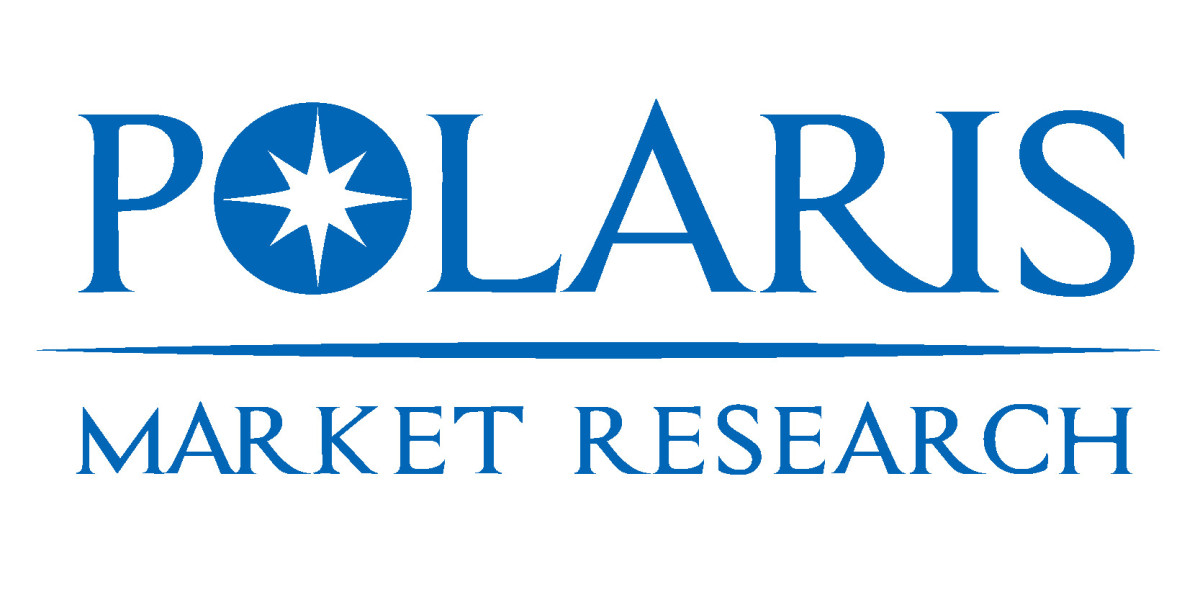Introduction: Market Overview
The U.S. Industrial Services Market has emerged as a critical component of the manufacturing and industrial sector, driven by the rising need for industrial maintenance services, equipment optimization, and operational efficiency. Valued at USD 10.32 billion in 2024, the market is expected to grow at a CAGR of 5.37%, reaching USD 17.39 billion by 2034.
Manufacturers and industrial operators increasingly rely on specialized manufacturing support services to enhance productivity, reduce downtime, and ensure compliance with stringent regulatory standards. The adoption of digital industrial solutions, predictive maintenance, and Industry 4.0 technologies is further accelerating market growth in the U.S.
Market Overview
Industrial services encompass a wide array of activities that support production, manufacturing, and operational processes. These services are designed to:
- Minimize Downtime – Ensuring continuity of industrial operations.
- Optimize Equipment Performance – Enhancing machinery efficiency and lifespan.
- Increase Operational Efficiency – Streamlining processes and reducing energy consumption.
- Ensure Compliance – Meeting safety, environmental, and regulatory standards.
With increasing investment in automation and smart factory technologies, U.S. companies are seeking services that provide measurable improvements in equipment performance, production efficiency, and overall competitiveness.
Key Growth Drivers
- Industry 4.0 and Digital Transformation
- Adoption of IoT, AI, and predictive maintenance tools enhances equipment optimization and reduces operational interruptions.
- Operational Efficiency Demands
- Companies aim to reduce costs, increase throughput, and improve overall productivity through outsourced industrial maintenance services.
- Regulatory Compliance and Safety Standards
- Strict OSHA, EPA, and other federal regulations necessitate expert maintenance, monitoring, and advisory services.
- Outsourcing and Strategic Partnerships
- Manufacturers increasingly outsource industrial support services to focus on core competencies while improving operational performance.
Market Segmentation
By Service Type
- Maintenance Services – Preventive, predictive, and corrective maintenance solutions.
- Operational Support Services – Calibration, monitoring, and technical assistance.
- Consultancy & Advisory Services – Process optimization, compliance guidance.
- Training & Workforce Support – Upskilling industrial personnel for advanced operations.
By End-Use Industry
- Automotive – Assembly lines, parts manufacturing, and plant support.
- Energy & Utilities – Power plants, renewable energy facilities, and industrial grids.
- Pharmaceuticals & Healthcare – Equipment validation, cleanroom maintenance, and compliance.
- Food & Beverage – Processing, packaging, and plant maintenance.
- Chemicals & Petrochemicals – Process monitoring, safety compliance, machinery servicing.
By Geography
- North-East & Midwest – Concentration of automotive, energy, and manufacturing hubs.
- South & West Coast – High adoption of industrial services for oil, gas, and renewable sectors.
- Key Cities – Houston, Detroit, Chicago, Los Angeles, New York are major industrial service hubs.
Regional Insights
North-East & Midwest
- Dominated by established manufacturing and automotive industries.
- Adoption of industrial maintenance services is high due to aging industrial infrastructure.
- Cities like Detroit and Chicago are key markets for equipment optimization solutions.
South & West Coast
- Driven by energy, petrochemical, and technology sectors.
- High investment in operational efficiency and digital industrial services.
- California and Texas are hotspots for predictive maintenance and smart industrial solutions.
Key Metropolitan Hubs
- Houston, New York, Los Angeles, Chicago, and Atlanta host major industrial service providers.
Competitive Landscape
The U.S. industrial services market is moderately fragmented, featuring a mix of global leaders and domestic specialists:
- Siemens AG – Predictive maintenance and digital industrial services.
- ABB Ltd. – Operational support and automation solutions.
- Schneider Electric – Energy management, equipment optimization.
- Honeywell International – Industrial automation and maintenance services.
- Emerson Electric – Industrial support and consultancy solutions.
- Eaton Corporation – Energy-efficient and performance-enhancing services.
- GE Power – Industrial maintenance and operational efficiency services.
- Engie Services – Facility management and operational support.
Strategies include technological innovation, regional expansion, partnerships, and mergers to capture market share and enhance service portfolios.
Market Challenges
- High Cost of Advanced Services
- Predictive maintenance and digital monitoring require significant investment.
- Skilled Workforce Shortages
- Expertise in Industry 4.0 technologies and industrial support is limited.
- Integration Complexity
- Adapting new services to existing systems can be challenging and time-consuming.
- Economic Volatility
- Industrial spending is influenced by macroeconomic factors, affecting service demand.
Emerging Trends
- Digital Industrial Services – IoT-enabled monitoring, AI analytics, and real-time reporting enhance efficiency.
- Energy-Efficient Operations – Focus on reducing energy consumption and improving sustainability.
- Outsourcing Expansion – Increased reliance on specialized industrial service providers.
- Workforce Development – Training and upskilling for advanced industrial operations.
Future Opportunities
- Expansion in Emerging Industrial Hubs – Growth in secondary cities with developing industrial infrastructure.
- Smart Factory Implementation – AI, predictive maintenance, and IoT integration.
- Green Industrial Services – Energy-efficient and environmentally friendly solutions.
- Collaborative Partnerships – Strategic alliances between service providers and manufacturers to boost operational efficiency.
Conclusion
The U.S. industrial services sector is projected to reach USD 17.39 billion by 2034, driven by the demand for industrial maintenance services, manufacturing support services, and equipment optimization. Companies that adopt digital solutions, Industry 4.0 technologies, and operational efficiency strategies will lead the market. Strategic partnerships, workforce training, and innovative service offerings will be key to long-term growth.
For more details and updates, visit the U.S. Industrial Services.
More Trending Latest Reports By Polaris Market Research:
Radiation Dose Management Market
Functional Endoscopic Sinus Surgery Market
Radiation Dose Management Market






